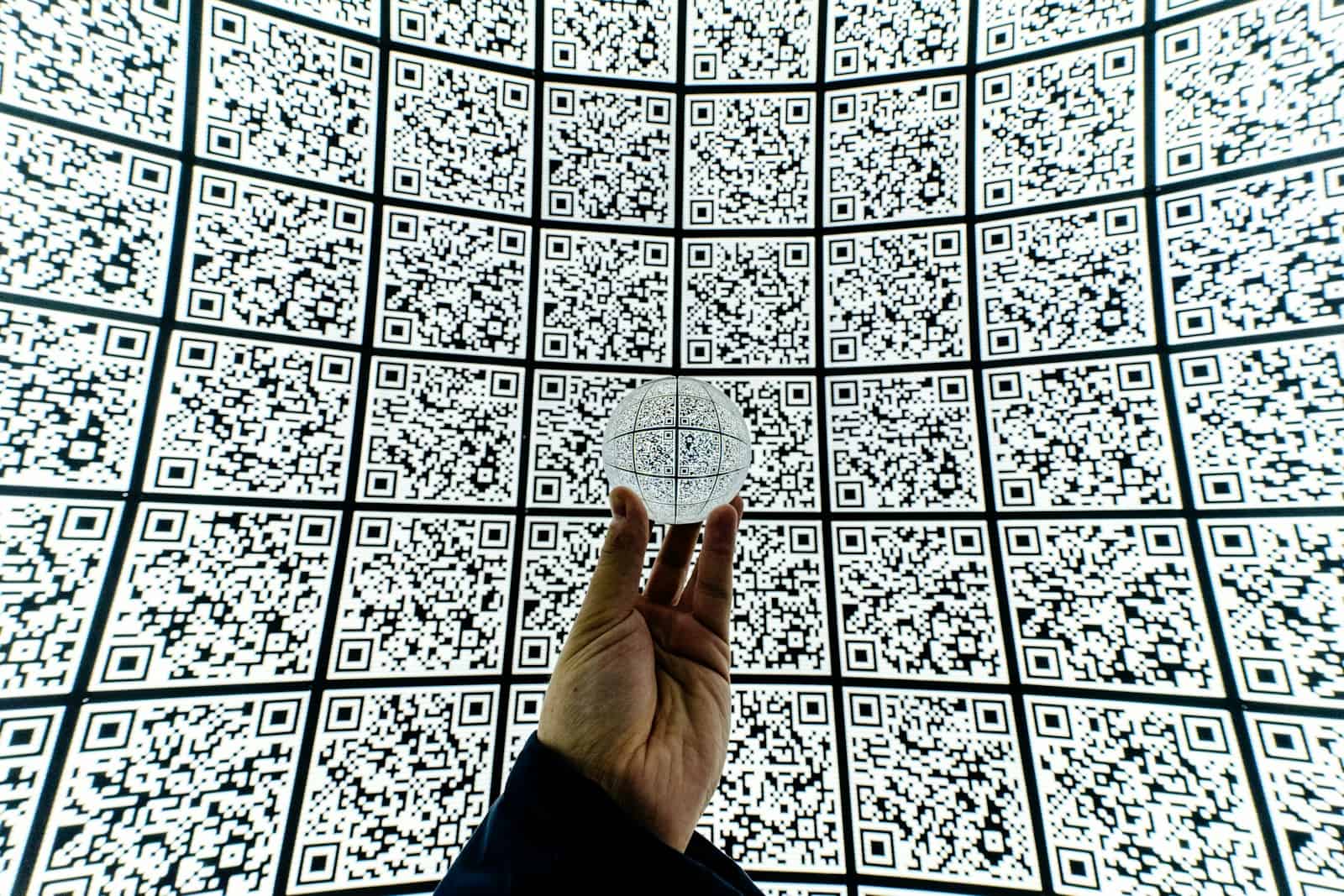
Photo by Mitya Ivanov on Unsplash
Is It Time for QR Codes To Become Mainstream in the US?
QR codes have transformed the global transaction landscape. This trend is exemplified across Asia, with platforms like WeChat Pay in China, PayPay in Japan, and Navar Pay in South Korea, showcasing the universal nature and ease of use of QR code-based payment systems. In India, through the United Payments Interface, QR code-based instant payment schemes facilitate seamless transactions around the clock every day of the year. Their widespread adoption has led to over 75% of retail transactions in India being conducted via QR code payments.
In the ever-evolving landscape of consumer packaged goods (CPG), brands are constantly seeking innovative ways to connect with consumers and enhance their experiences. QR codes are proving to be a powerful tool for CPG brands looking to engage with their audience on a deeper level.
A myriad of CPG brands have embraced QR codes to improve their marketing strategies. Nestlé, for instance, leverages QR codes on its food packaging to provide consumers with comprehensive nutritional information and insights into the product’s origins. Additionally, Nestlé also provides suggestions for portions and recipe ideas. Similarly, Coca-Cola has utilized dynamic QR codes on its products to seamlessly connect consumers with exclusive content and online communities through its aptly named “SmileWorld.”
In 2019, PepsiCo’s annual summer campaign featured QR codes on the bottles, unlocking augmented reality filters and stickers. Thanks to a collaboration with Instagram for #Summergram, scanning the codes granted access to summer-themed content.
Miller Lite introduced the “Miller Lite Offline Can,” available through a QR Code campaign at bars, in January 2020. Customers scanned QR codes on branded table tents and then set their phones down for 30 minutes. Upon completion, they received a complimentary “Dark Can,” promoting real-world connections.
Similarly, Jameson Irish Whiskey launched a QR Code campaign for its limited-edition bottle in 2020. Consumers scanned NFC tags or QR codes on the bottle’s neck to design custom labels on Jameson’s website. Winning designs earned personalized bottles, engaging consumers in an interactive experience.
L’Oréal, a global leader in the beauty industry, stands as a prime example of how QR codes can drive tangible results. By incorporating QR codes on its products, L’Oréal witnessed a remarkable 7% conversion rate, coupled with an impressive 80% increase in app downloads. This success story underscores the potential of QR codes to not only deliver essential product information but also to drive meaningful interactions with consumers.
Beyond the realm of product packaging, CPG brands are exploring innovative ways to integrate QR codes across various touchpoints. From print ads to social media campaigns, QR codes are bridging the gap between the physical and digital worlds, offering consumers a seamless and immersive brand experience. Dove, for instance, strategically placed QR codes near bus stops and outdoor venues, inviting consumers to engage with its products and access exclusive content.
QR codes have also become a pivotal tool for transparency in the consumer market, and regulatory bodies like the European Union and the FDA have even pushed for more transparency standards. Transparency is especially important for consumers who want to understand how sustainable a particular company or product is.
According to a survey by Specright, 80% of respondents said “they are more likely to trust companies that back up their sustainability claims with publicly shared data.” Additionally, about 71% of consumers are “more likely to believe a company’s sustainability claims if they are printed directly on the product or packaging.”
QR codes can help brands provide the level of transparency consumers expect regarding sustainability and other insights, like the manufacturing process of a product and the origins of ingredients. Companies can put these codes on product packaging or in-store displays, allowing consumers to access anything from videos and infographics to interactive guides.
For example, Daily Harvest, a farm-frozen food brand, started using QR codes on freezer doors in Kroger stores last October to more easily share information about sustainability and the brand with shoppers. At the time, Daily Harvest stated that it would contribute an extra $5 for each person who scanned and interacted with the QR codes to advance its efforts in supporting regenerative farms.
With endless possibilities for creativity, engagement, and transparency, QR codes are poised to play an increasingly integral role in shaping the consumer journey.
Discussion Questions
How might QR code utilization in retail evolve further, especially concerning consumer engagement and brand transparency? Can we expect innovations beyond what we’ve seen?
With QR codes providing both essential information and potentially overwhelming data, what emerging best practices can help strike the right balance for consumers?
